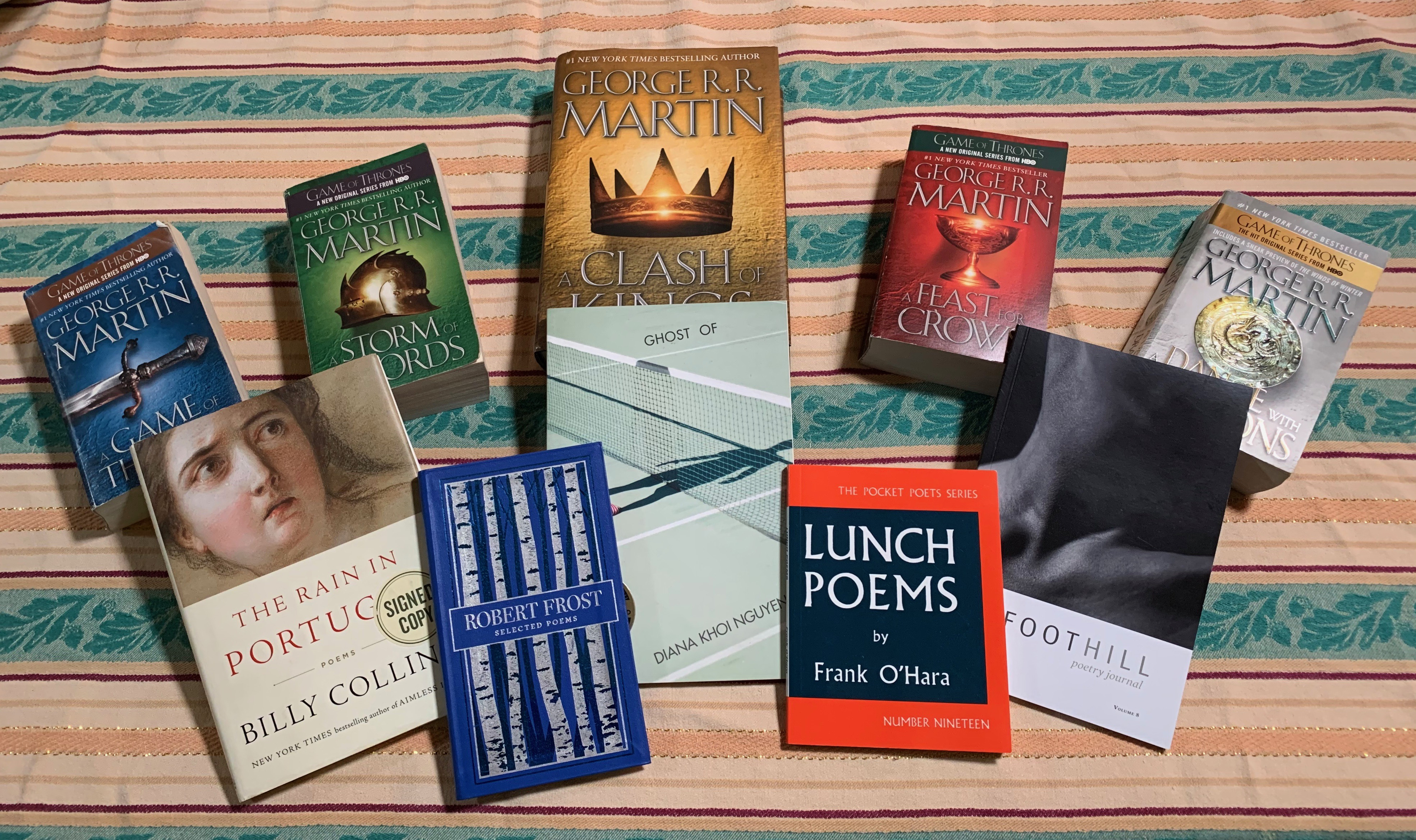Poetry in the Tech Era III – On Short-Form Poetry

It is hopefully no secret that I adore short-form poetry. I write a lot of haiku, and I generally read a poem or two at dinner before I go to work. I often look back on an hour-long class discussion about William Carlos Williams’ The Red Wheelbarrow from my undergrad, and how amazing it was to understand how others had interpreted it. Heck, I even referenced Basho in my last post!
So why am I back to poetry in the tech era? Well, because I think short form poetry plays a critical role in the tech era of poetry. I have already discussed how visual and auditory forms of media could be (and are) utilized in poetics today, but what about how poetic form fits into the current platforms? You may recall I mentioned Twitter in the past, and I have, above, referenced Instagram. Both are pretty popular platforms for poets to share themselves, their opinions, and their work (there’s also Reddit, Pintrest, Facebook, Linkedin, and Tumblr . . . and probably a million other sites that I’m not going to list here), but each of these mediums change how people interact with poetry.
While I disagree with the notion that people’s attention spans are getting shorter (I mean, half of us probably binge watched Game of Thrones to understand Season 8, and that requires attention), I do believe that these platforms cause people to move on to the next post quickly. Think about it. The medium has limits inherently placed on it—Twitter has a max of 280 character (it used to be 140), and Instagram posts are typically a single photo with a small caption below it (which, if long enough, you can’t read completely without clicking “see more”). As a result of these limitations, posts typically are snapshots rather than massive essays. You won’t be reading Dante’s Inferno in one post—or even 34 posts—unless it’s an abridged version. That’d be like trying to read 144 lines on one 8.5×11 page. Posting long form poetry on these mediums is just plain awkward.

There is also the difficulty of reader fatigue. Not like “dang, I am tired of reading and I have to put this book down,” but the real difficulty of reading on the internet: screens. Your eyes are going to hurt more if you are focusing on the screen for too long. Blue light can cause problems, both immediate and long term. Hence, you want to keep scrolling, to give your eyes a break from focusing.
I am not by any means saying we should abandon longer works of poetry (just the opposite!). I will forever love Dante, and Spenser, and so many more well-worn spines. That is not the case for everyone though—a lot of people are reading as they scroll through their timelines. We can only get people that are uninterested in reading to do so by appealing to the platforms they use. It’s the difference between corn on the cob and popcorn: both are great corn-based products, but popcorn is the only one that really fits in a movie theater. The Internet, and particularly Twitter and Instagram is where short form poetry can shine. It’s easy to fit a haiku into a picture frame. The Red Wheelbarrow is fifteen seconds out of the day, but it can stick with readers for days, weeks, months, or years. Once someone has scratched that itch, they will want to delve deeper. Poets, both established and upcoming, should consider this while guiding their audience to bigger readings. It just takes a moment for the magic of poetry to catch fire.
~ Cassady O’Reilly-Hahn
A Moment of Zen:
Cat Dreams
Curled on my knee,
the cat kneads the brown blanket
in his kitten dream.

Share